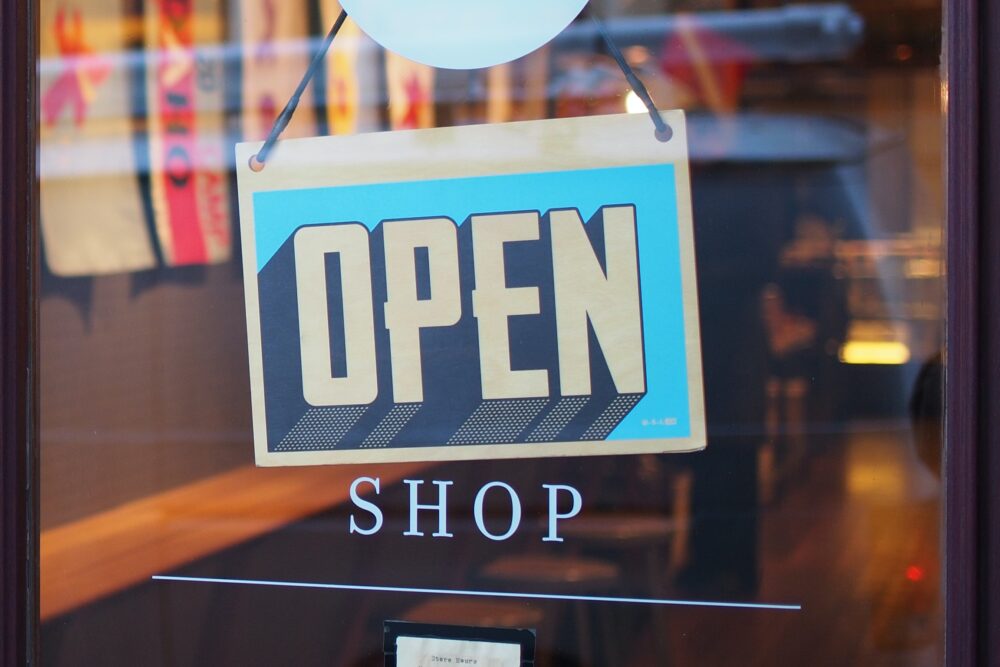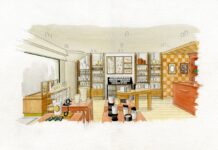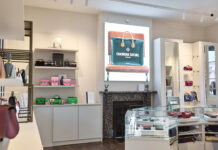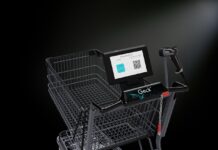Whether you’re preparing a new store or redesigning an existing one, there are lots of things you’ll need to think about pre-launch. Marketing its opening and buying in stock will be crucial – but first, you’ll want to carefully design your store’s physical layout.
From business operations to customer behaviour, store layout is vitally important for many reasons which may seem inconsequential or unnoticeable to the untrained eye. But with retail footfall gradually increasing in the UK, you’ll want to do everything you can to make your store a roaring success.

Below are five elements to consider when designing your store layout.
Sales strategy
Do you want customers to walk past a range of products during their shopping experience, or is it paramount that they can quickly find what they need? The answer to this will likely depend on what your selling, as different shoppers will be in different mindsets.
It’s common for basic food items to be located towards the back of a supermarket for example, as this way customers have to pass other tempting items on the route to what they need.
Customer experience
Store layout can be viewed as an extension of branding due to how much it can shape customer attitudes and experiences of your business.
Most retailers want customers to feel as comfortable as possible, but tight spaces or overly busy displays could create connotations of stress. In contrast, an ordered and accessible layout will build a more positive atmosphere and keep shoppers around for longer.
Flow
If you’re expecting periods of high footfall and demand, designing a layout with a logical flow to it will help to manage traffic and ease pressure on certain areas and resources such as tills.
At the same time, adding features such as end-of-aisle displays can prevent shoppers passing through too quickly and will encourage additional sales.
Security
An effective store layout will enhance your security too by limiting opportunity for theft. Valuable or commonly targeted items should be kept away from the entrance for example, and ideally within clear sight of employees.
Safety barriers, such as these here, can increase your store’s security too by clearly marking areas that are off limits to the general public.
Efficiency
Efficiency isn’t only a consideration from your customer’s point of view. Your staff will also need to maintain stock, so it’s wise to make high-turnover items easily accessible for them.
Bread aisles in large supermarkets are commonly placed right next to the in-store bakery for example, making the supply route as short and direct as physically possible.
It’s no exaggeration to say that layout has the potential to make or break a store’s fortunes. Make sure to carefully consider the factors above when drawing up your plans.

















